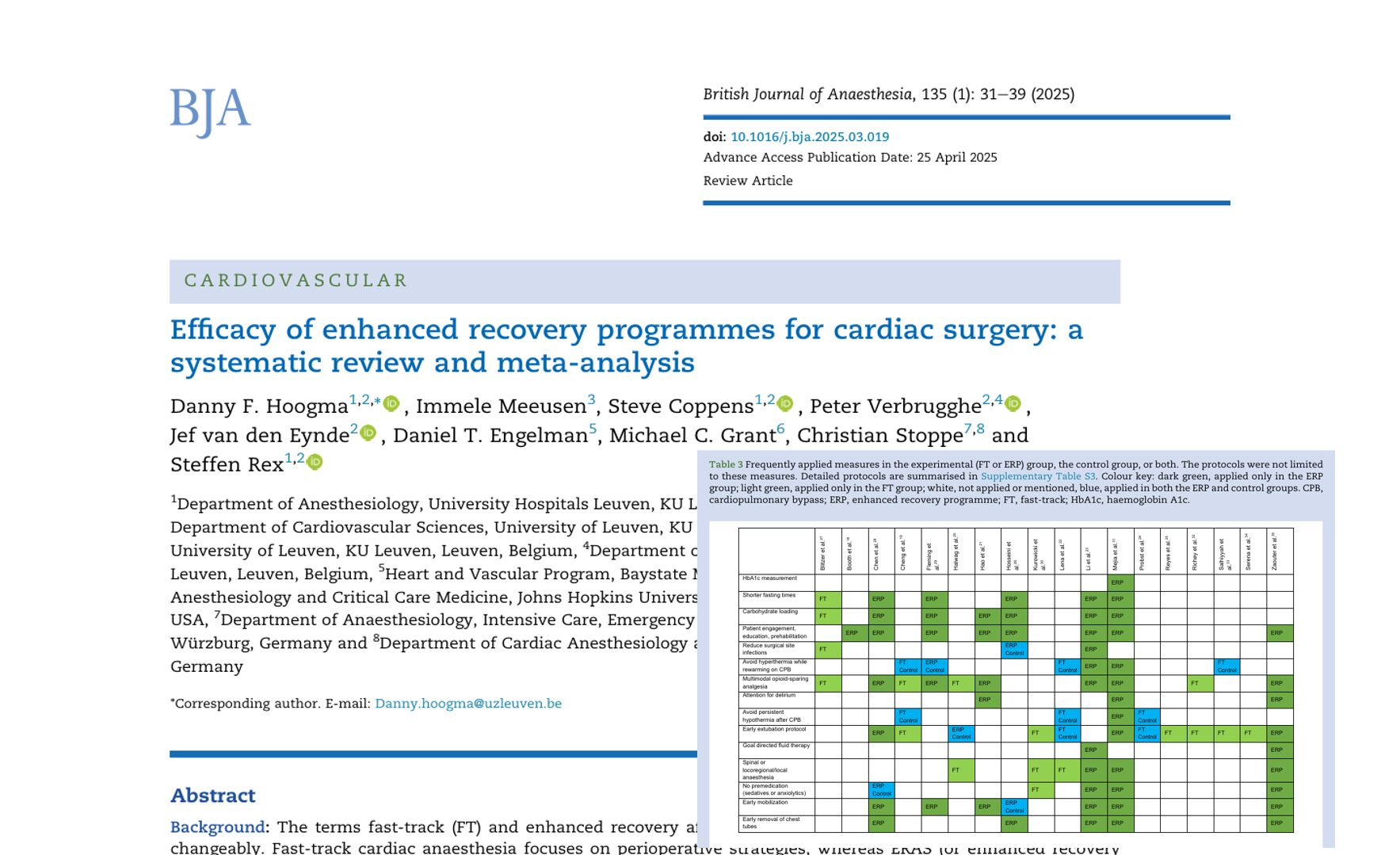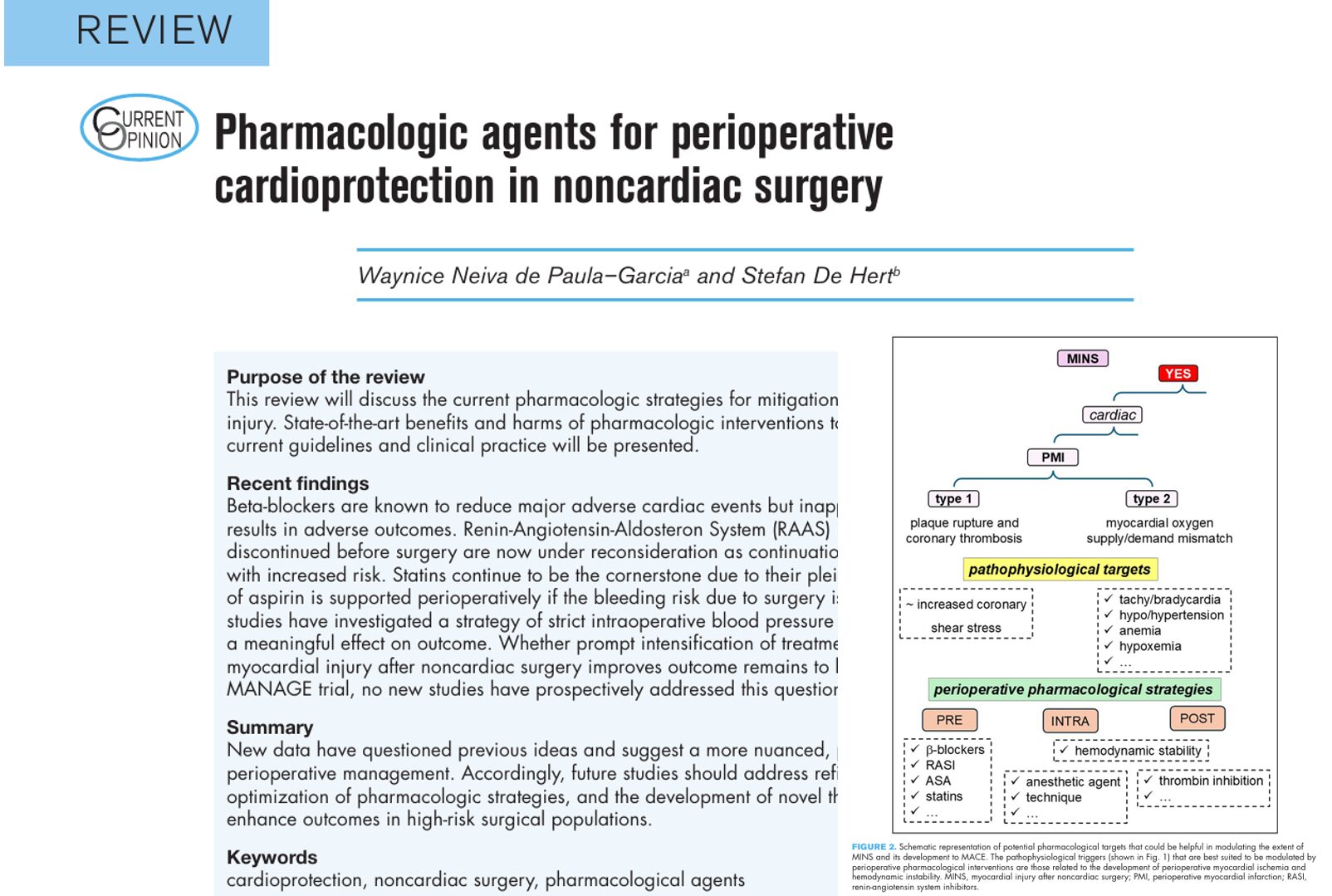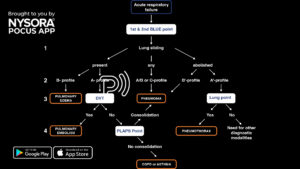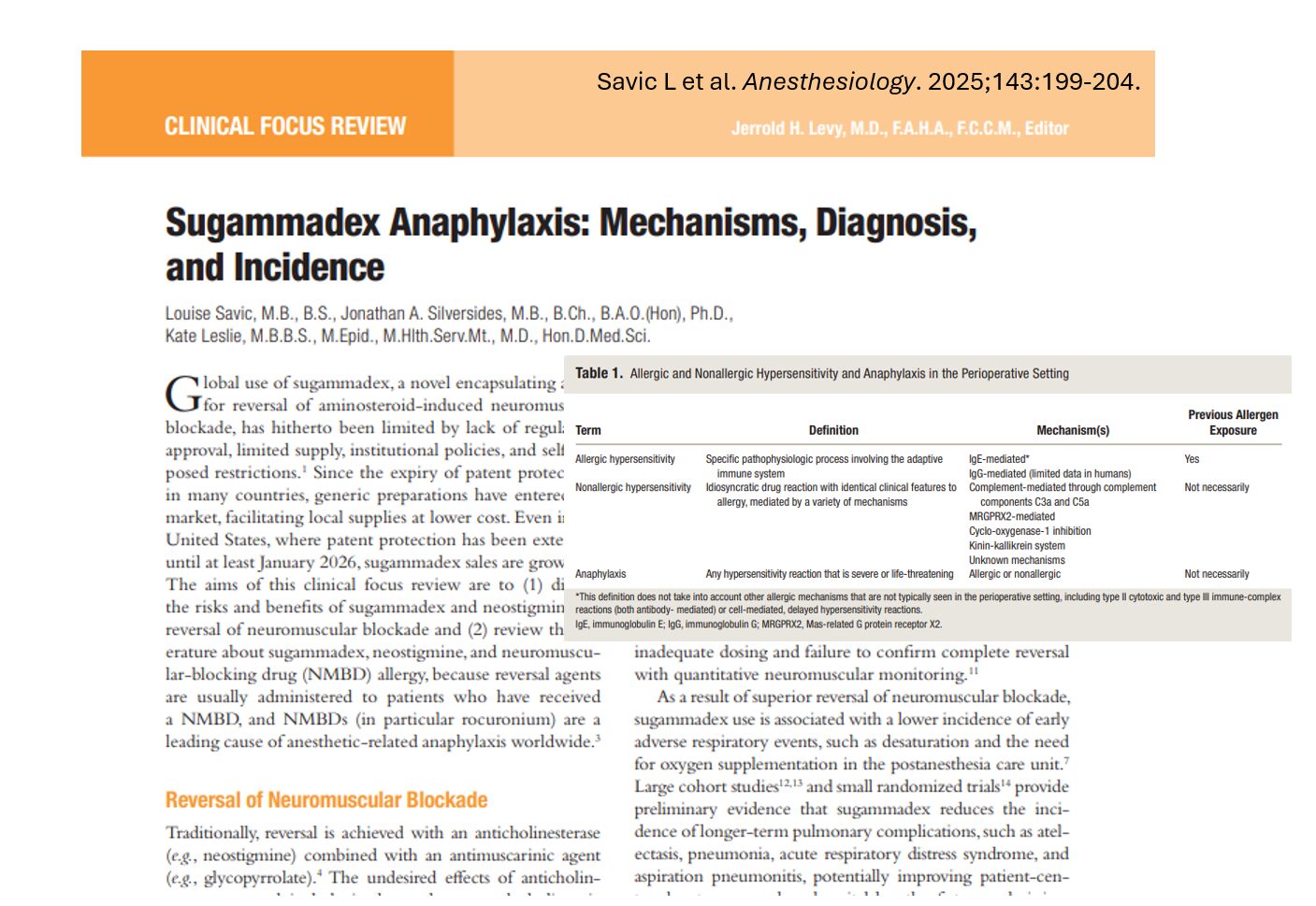With over a million cardiac surgeries performed globally each year, optimizing recovery has become an urgent clinical and economic priority. A new landmark meta-analysis by Hoogma et al., published in the British Journal of Anaesthesia (2025), sheds crucial light on this challenge. The study compares the effectiveness of Enhanced Recovery Programmes (ERPs) against traditional Fast-Track (FT) strategies in cardiac surgery, finding that ERPs significantly improve patient outcomes.
Understanding the evolution of postoperative recovery
Postoperative complications in cardiac surgery remain a major burden, especially as patients become older and more complex. Traditionally, “fast-track” cardiac anesthesia emerged in the early 1990s, focused mainly on early extubation and reducing intensive care unit (ICU) length of stay. However, the surgical field has since moved toward holistic approaches.
In contrast, Enhanced Recovery After Surgery (ERAS) protocols were first developed in colorectal surgery and have now been successfully adapted to many disciplines, including orthopedic, bariatric, and now cardiac surgery.
Fast-track vs. enhanced recovery: what’s the difference?
While often conflated, fast-track (FT) and enhanced recovery (ERP) strategies differ fundamentally:

Study design: high-quality evidence meets real-world protocols
The meta-analysis by Hoogma et al. systematically reviewed 18 studies, both randomized controlled trials and prospective observational studies, covering 2,625 patients undergoing elective cardiac surgery.
Key outcome measures:
- Hospital length of stay (LOS)
- ICU LOS
- Ventilation duration
- Early mobilization
- Complication rates (e.g., atrial fibrillation, kidney injury)
- Readmissions and 30-day mortality
By evaluating ERPs and FT strategies across various clinical settings, the analysis reveals how structured, multidisciplinary recovery pathways can transform outcomes in cardiac care.
Top findings from the research
Hospital stay is shorter with ERP
- ERP reduced hospital LOS by 2.00 days on average.
- FT strategies showed no significant effect on overall hospital LOS.
ICU stay also improved
- Both ERP and FT reduced ICU LOS, with ERP offering a 13.2-hour reduction.
Faster time off ventilation
- ERP shortened postoperative ventilation by 4.68 hours, indicating faster stabilization and recovery.
Additional patient benefits
- Early mobilization: reduced from 84.2 hours to 43.9 hours in one ERP study.
- Improved pain control and satisfaction were noted but not consistently measurable across studies.
Is ERP safe?
Yes. The analysis showed no significant increase in complications:
- Atrial fibrillation: No statistically significant difference
- Acute kidney injury: No difference
- Readmission rates: No difference
- 30-day mortality: No difference
“Our findings demonstrate that ERPs not only enhance recovery but do so safely,” the authors noted.
How to implement an ERP in cardiac surgery: 7 steps
- Build a multidisciplinary team
Include surgery, anesthesiology, ICU, nursing, nutrition, and physical therapy. - Audit your current practice
Identify gaps and strengths in your existing care pathways. - Design a phase-spanning protocol
Include preoperative screening, intraoperative strategies, and postoperative rehab. - Educate staff and patients
Ensure all parties understand their role in the recovery plan. - Start small: pilot a specific procedure
Begin with CABG or valve replacement before scaling. - Monitor compliance and outcomes
Track adherence to interventions and their effects. - Adjust and scale
Use feedback to improve protocols and extend to other surgeries.
Barriers to wider adoption
While ERP benefits are clear, implementation isn’t without hurdles:
- Lack of standardized ERP models across hospitals
- Variability in patient populations and surgery types
- Resistance to change from conventional workflows
- Limited training in ERP-specific practices
Final thoughts
The shift from fast-track to enhanced recovery isn’t just a trend; it’s a transformation. The data is clear: cardiac ERPs reduce length of stay, improve recovery, and do not increase complications. For patients, providers, and healthcare systems, ERPs may represent the new gold standard in postoperative cardiac care.
Reference: Hoogma DF et al. Efficacy of enhanced recovery programmes for cardiac surgery: a systematic review and meta-analysis. Br J Anaesth. 2025;135:31-39.
Read more about this topic in the Anesthesia Updates section of the Anesthesia Assistant App. Prefer a physical copy? Get the latest literature and guidelines in book format. For an interactive digital experience, check out the Anesthesia Updates Module on NYSORA360!








